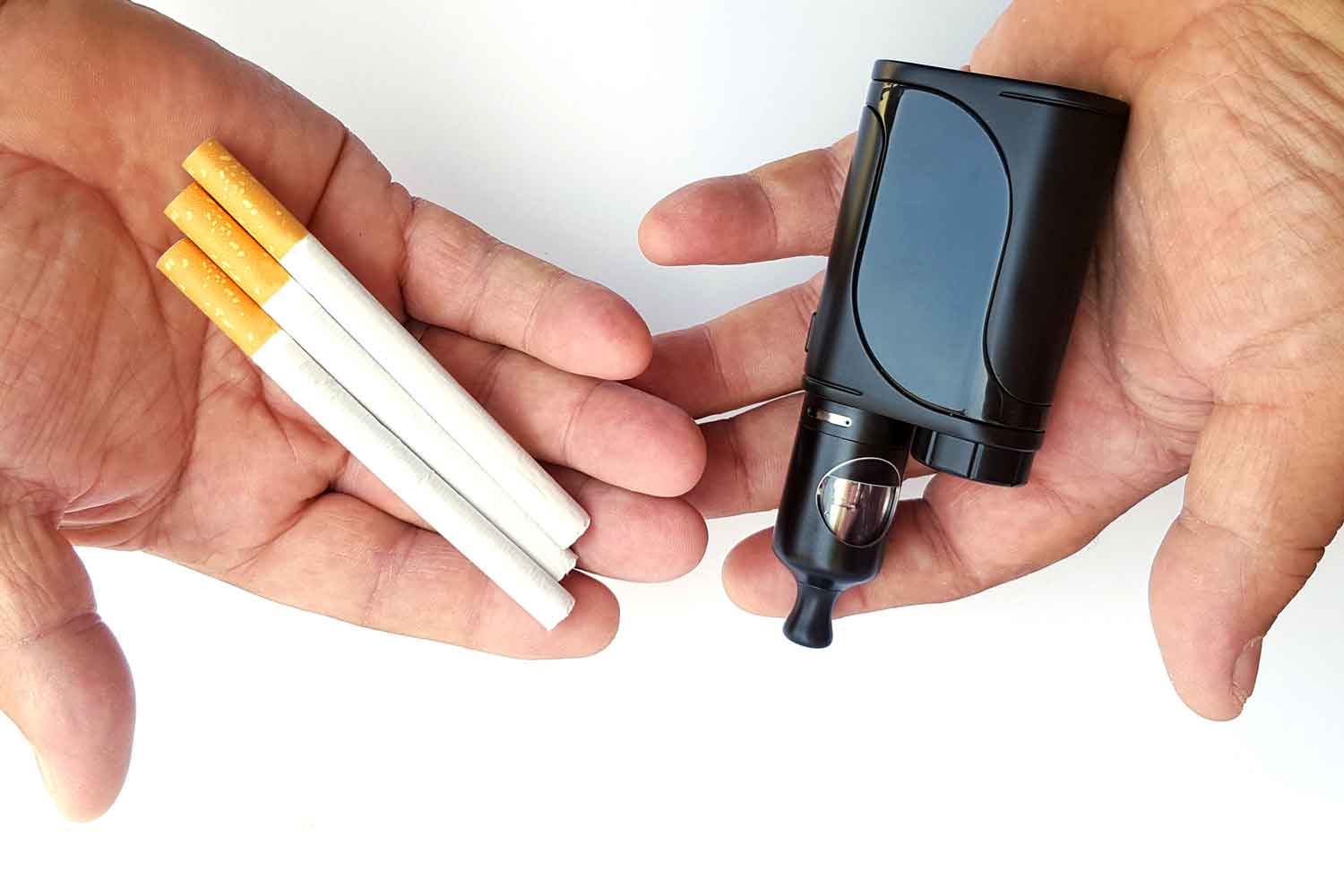The Coalition of Asia Pacific Tobacco Harm Reduction Advocates (CAPHRA) today (March 19) endorsed compelling evidence presented by Asa Saligupta, Director of ENDs Cigarette Smoke Thailand, highlighting the life-saving potential of vaping as an alternative to deadly combustible cigarettes.
The Bangkok Post has revealed a stark public health contradiction: while smoking cigarettes is blamed for 71,000 Thai deaths annually, there has not been a single recorded death from e-cigarette use in Thailand. Yet conventional cigarettes remain widely available while vaping products remain prohibited.
“The evidence from Thailand mirrors what we’ve seen across the Asia-Pacific region—policies driven by misinformation rather than science are costing lives,” said Nancy Loucas, CAPHRA Executive Coordinator. “When Public Health England concluded that vaping is approximately 95% safer than smoking cigarettes, they provided a scientific foundation that many countries have used to develop sensible harm reduction policies.”
CAPHRA acknowledges concerns regarding youth access but emphasizes that proper regulation—not prohibition—is the appropriate solution. “We support restrictions on marketing to young people, but banning products that could save millions of adult smokers from premature death is neither,” Loucas said. “Thailand stands at a crossroads. It can continue its failed prohibition approach, or it can join the growing number of countries following scientific evidence to implement sensible regulations that will save countless lives.”














